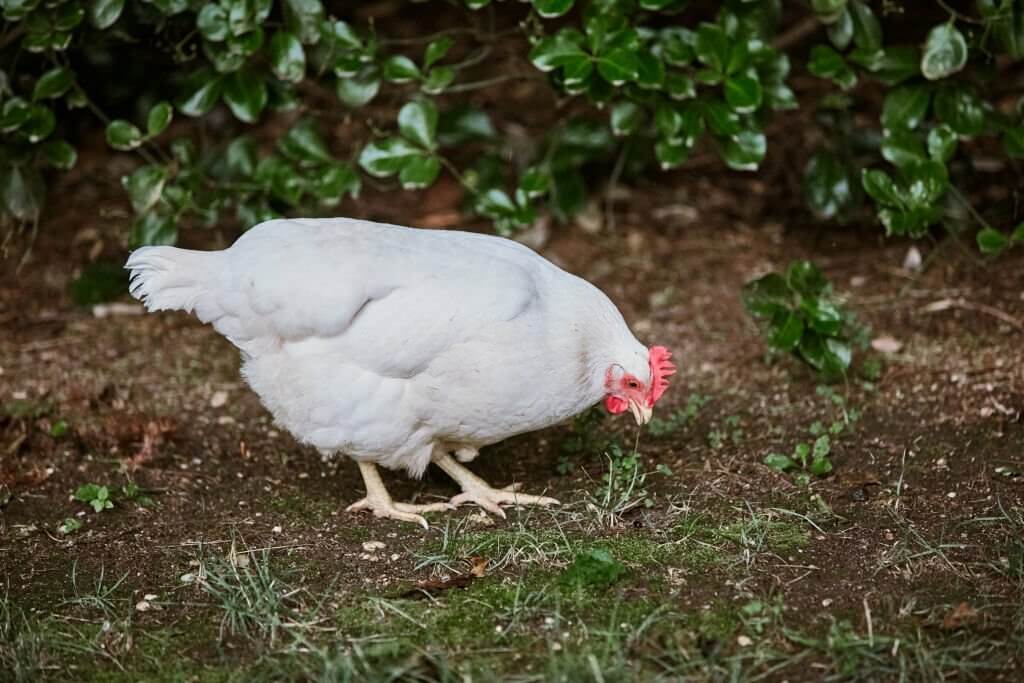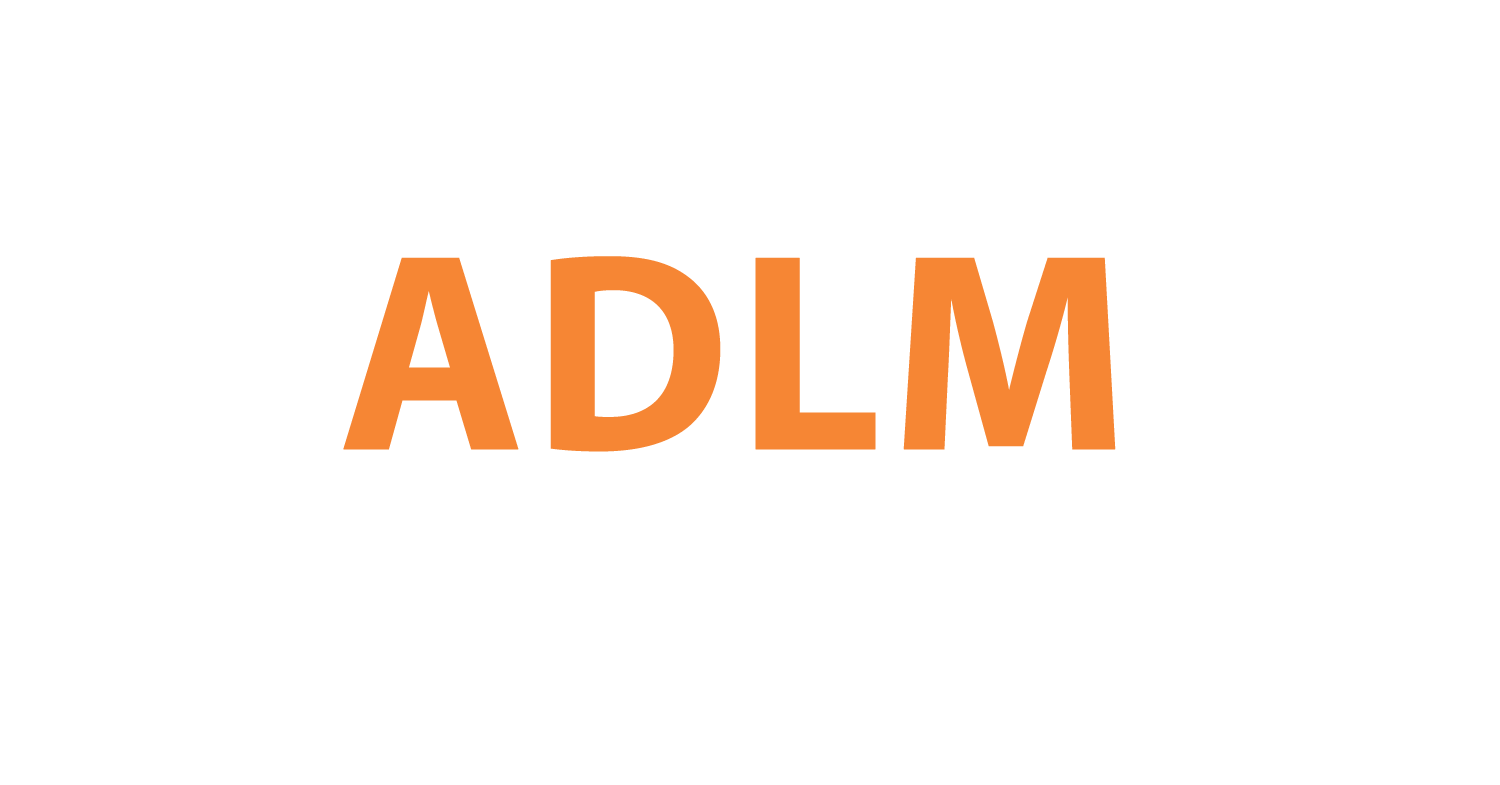Environmental Sampling in Egg Safety Programs for Cage-Free Systems

As the egg industry transitions to more cage-free housing systems, there are questions around how best to monitor the environment for pathogens that may impact human health. A study in 2022 examined detection of Listeria, Campylobacter and Salmonella in a cage-free aviary system via different environmental sampling methods over time. The results provide insight into optimizing food safety programs for cage-free egg production.
Which Samples Best Detect Listeria and Campylobacter?
Drag swabs and manure belt scraper swabs were most effective for detecting Listeria (75% and 50%) and Campylobacter (49.37% and 73.75%) in the cage-free aviary system. Detection of Listeria was significantly higher in drag swabs compared to egg belt, wall and concrete dust. Campylobacter detection was highest in concrete dust swabs (96.25%) likely due to rodent excreta present in the samples.
How Does Pathogen Detection Change Over Time?
Detection of Listeria was highest at 22 weeks (70%) when the hens were young and decreased over time as the hens aged, with the lowest detection at 34 weeks (13.92%). Campylobacter followed a similar trend of highest detection at 22 weeks, but the decline over time was more gradual than Listeria. The seasonal impact of hot summer months likely contributed to higher pathogen detection early on.
What About Recovery of Inoculated Salmonella Enteritidis?
When samples were inoculated with low-dose Salmonella Enteritidis (SE), recovery rates started very low (0-31%) for all sample types at 22-26 weeks. However, SE recovery reached peak rates of 81-100% by 39 weeks across all samples, aligning with FDA guidelines for ideal SE environmental monitoring at 40-45 weeks.
Are There Pathogen Interactions?
The cyclical nature of Listeria and Campylobacter detection over time may have impacted recovery of inoculated SE. As native pathogen levels declined later in the study, SE recovery increased. Further research is needed on interactions between Listeria, Campylobacter and Salmonella if co-existing in the aviary environment.
Therefore...
Drag and manure belt scraper swabs were most effective for pathogen detection in the cage-free aviary system. Following FDA guidelines, SE recovery was maximized by 39 weeks. Seasonal impacts influenced initial heightened detection. Potential pathogen interactions require more study. Careful environmental sampling and monitoring facilitates egg safety programs even in cage-free housing.
Click to View → Mantacc ST-25 PBS Environmental Sampling Kit
References
Garcia JS, Jones DR, Gast RK, Karcher DM, Erasmus MA. Environmental sampling methods' influence on detection of pathogens in cage-free aviary housing. Poult Sci. 2023 Feb;102(2):102381. doi: 10.1016/j.psj.2022.102381. Epub 2022 Dec 5. PMID: 36565638; PMCID: PMC9801193.
Related Posts
How Does Environmental Sampling Aid Zoonotic Disease Surveillance?
Factors Influencing Environmental Sampling You Need To Know
How Effectively Can Environmental Sampling of Trees Detect Mammals?









